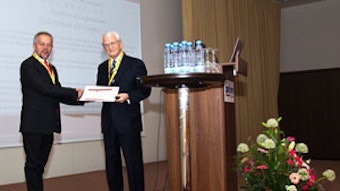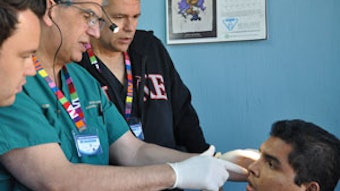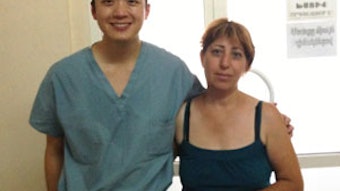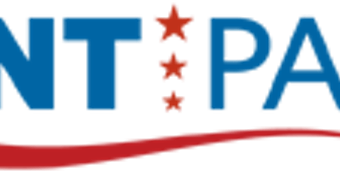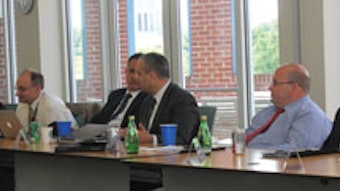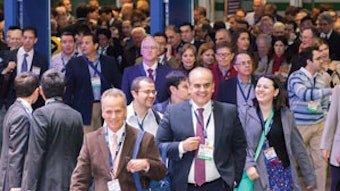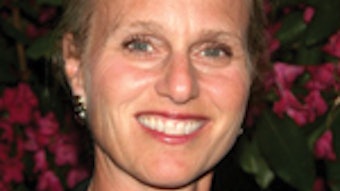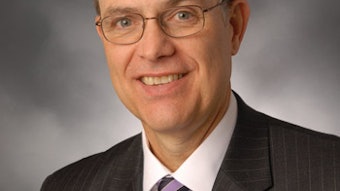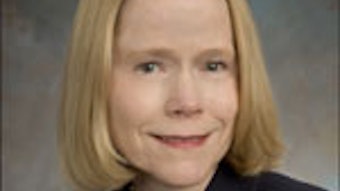Academy Creates New Template Letters and Advocacy Statements to Aid Appeals
As members know, the Academy’s Health Policy team advocates on national socioeconomic issues impacting the membership at large in an effort to optimize reimbursement, mitigate adverse policy decisions, and improve relationships between members and payers both in the public and private sectors. While our primary focus is to address national issues, we also remain committed to providing members with the needed support to address issues that are more isolated at the local or state level, particularly if members across numerous states experience similar grievances, or if a policy runs counter to an Academy position, correct coding initiative, or the like. For example, after hearing from members experiencing denials from several payers of all claims of CPT 69210 and E/M services, the Academy sent letters to more than a dozen payers in more than 10 states urging reconsideration of these flawed policies. Similarly, the Academy has provided comments to more than 15 payers regarding their reimbursement policy on sinus ostial dilation as well as other state payers regarding reimbursement for the interpretation and performance of diagnostic imaging related to head and neck. While our efforts have yielded positive feedback from many, some payers continue to deny reimbursement for these services. The Academy remains dedicated to helping members address these burdensome denials. We have created three new template appeal letters and three new Academy advocacy statements to maximize the opportunity for positive results when members correspond with local payers. Specifically, we have created template appeal letters and advocacy statements for CPT 69210 and E/M services, Balloon Sinus Ostial Dilation, and Interpretation and Performance of Diagnostic Imaging by Otolaryngologists. It is the Academy’s hope that these member benefit resources will aid members who continue to experience denials following our national advocacy efforts. Take advantage of these Academy resources by visiting the Coding Corner at http://www.entnet.org/content/coding-corner.
As members know, the Academy’s Health Policy team advocates on national socioeconomic issues impacting the membership at large in an effort to optimize reimbursement, mitigate adverse policy decisions, and improve relationships between members and payers both in the public and private sectors. While our primary focus is to address national issues, we also remain committed to providing members with the needed support to address issues that are more isolated at the local or state level, particularly if members across numerous states experience similar grievances, or if a policy runs counter to an Academy position, correct coding initiative, or the like.
For example, after hearing from members experiencing denials from several payers of all claims of CPT 69210 and E/M services, the Academy sent letters to more than a dozen payers in more than 10 states urging reconsideration of these flawed policies. Similarly, the Academy has provided comments to more than 15 payers regarding their reimbursement policy on sinus ostial dilation as well as other state payers regarding reimbursement for the interpretation and performance of diagnostic imaging related to head and neck. While our efforts have yielded positive feedback from many, some payers continue to deny reimbursement for these services.
The Academy remains dedicated to helping members address these burdensome denials. We have created three new template appeal letters and three new Academy advocacy statements to maximize the opportunity for positive results when members correspond with local payers. Specifically, we have created template appeal letters and advocacy statements for CPT 69210 and E/M services, Balloon Sinus Ostial Dilation, and Interpretation and Performance of Diagnostic Imaging by Otolaryngologists. It is the Academy’s hope that these member benefit resources will aid members who continue to experience denials following our national advocacy efforts. Take advantage of these Academy resources by visiting the Coding Corner at http://www.entnet.org/content/coding-corner.

